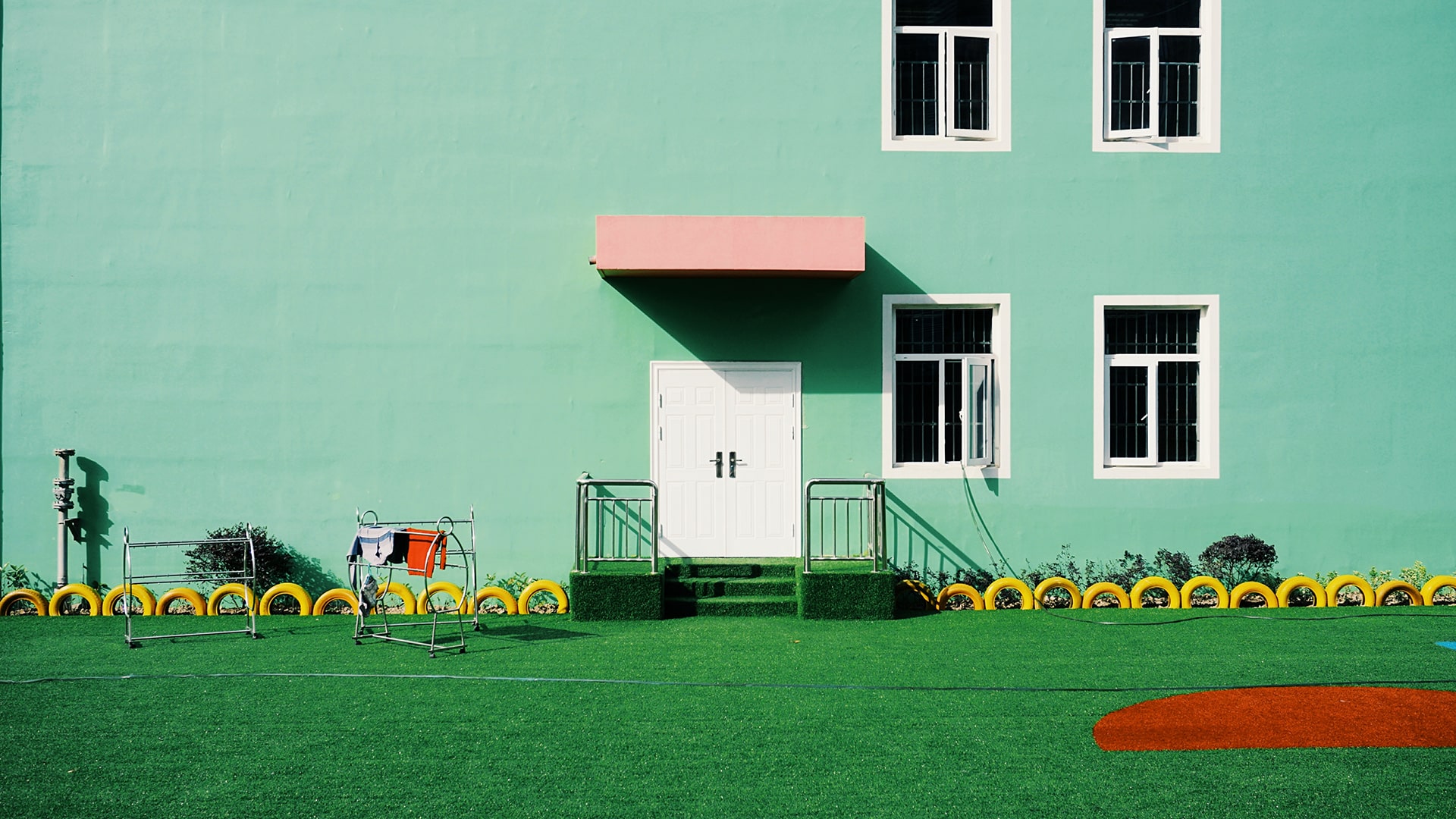Should I photograph in color or black & white? How to decide which option is best suited to the image I want to take? How to make sense of my choice? We are going to address all these questions and help you choose between the timeless black & white and color that offers multiple possibilities.

You’re getting blind.
Don’t miss the best of visual arts. Subscribe for $9 per month or $108 $90 per year.
Already suscribed ?



